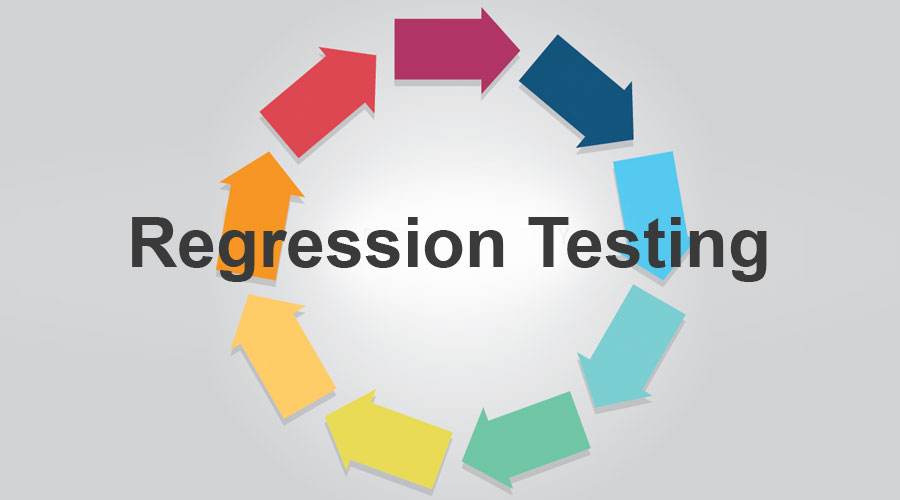Website Development In Junagadh
- Phishing Gets More Sophisticated : Phishing attacks, in which carefully targeted digital messages are transmitted to fool people into clicking on a link that can then install malware or expose sensitive data, are becoming more sophisticated.
Now that employees at most organizations are more aware of the dangers of email phishing or of clicking on suspicious-looking links, hackers are upping the ante — for example, using machine learning to much more quickly craft and distribute convincing fake messages in the hopes that recipients will unwittingly compromise their organization’s networks and systems. Such attacks enable hackers to steal user logins, credit card credentials and other types of personal financial information, as well as gain access to private databases.
- Cryptojacking : The cryptocurrency movement also affects cybersecurity in other ways. For example, cryptojacking is a trend that involves cyber criminals hijacking third-party home or work computers to “mine” for cryptocurrency. Because mining for cryptocurrency (like Bitcoin, for example) requires immense amounts of computer processing power, hackers can make money by secretly piggybacking on someone else’s systems. For businesses, cryptojacked systems can cause serious performance issues and costly down time as IT works to track down and resolve the issue.
- Cyber-Physical Attacks : The same technology that has enabled us to modernize and computerize critical infrastructure also brings risk. The ongoing threat of hacks targeting electrical grids, transportation systems, water treatment facilities, etc., represent a major vulnerability going forward.
- State-Sponsored Attacks : Beyond hackers looking to make a profit through stealing individual and corporate data, entire nation states are now using their cyber skills to infiltrate other governments and perform attacks on critical infrastructure. Cybercrime today is a major threat not just for the private sector and for individuals but for the government and the nation as a whole. As we move into 2020, state-sponsored attacks are expected to increase, with attacks on critical infrastructure of particular concern.
- Third Parties (Vendors, Contractors, Partners) : Third parties such as vendors and contractors pose a huge risk to corporations, the majority of which have no secure system or dedicated team in place to manage these third-party employees.
As cyber criminals become increasingly sophisticated and cybersecurity threats continue to rise, organizations are becoming more and more aware of the potential threat posed by third parties.
- Social Engineering : Hackers are continually becoming more and more sophisticated not only in their use of technology, but also psychology. Tripwire describes social engineers as “hackers who exploit the one weakness that is found in each and every organization: human psychology. Using a variety of media, including phone calls and social media, these attackers trick people into offering them access to sensitive information.” The article includes a video demonstrating and example of social engineering.
- A Severe Shortage of Cybersecurity Professionals : The cybercrime epidemic has escalated rapidly in recent years, while companies and governments have struggled to hire enough qualified professionals to safeguard against the growing threat.
The severe shortage of skilled cybersecurity professionals continues to be cause for alarm since a strong, smart digital workforce is essential to combat the more frequent, more sophisticated cybersecurity threats emanating from around the globe.
Website Development In Junagadh









